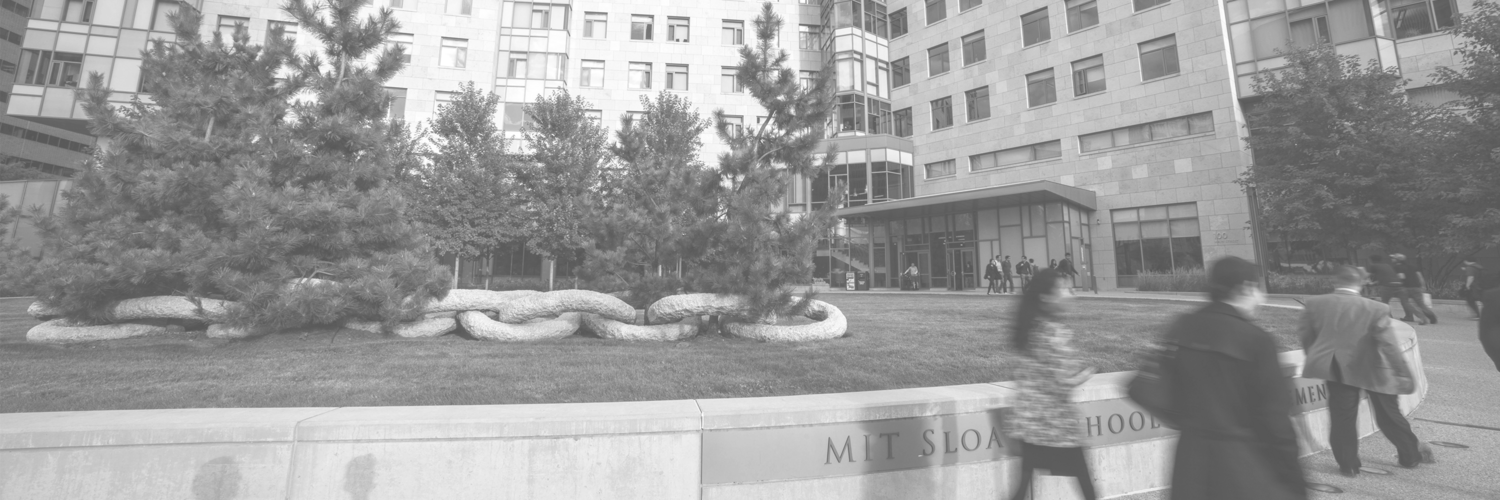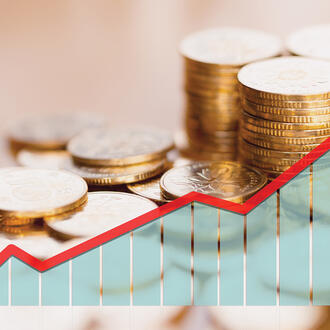Credit: Laura Wentzel
Ideas Made to Matter
Cities with strong social distancing see stronger economic recoveries
By
Curbing the spread of COVID-19 with quarantines, school closings, and social distancing doesn’t just lower mortality rates — it can also help strengthen an economic recovery, according to a preliminary paper co-authored by an MIT Sloan researcher.
By comparing economic outcomes in U.S. cities that acted swiftly and aggressively to combat the 1918 flu pandemic to cities that lagged in their response, researchers found that strongly limiting social and civic interactions helped cities record stronger economic growth once the restrictions were lifted.
The study focused on the effectiveness of non-pharmaceutical interventions, which are actions such as social distancing that people and communities can take to help slow the spread of illnesses, as well as hygiene recommendations and mask-wearing ordinances.
“Somewhat surprisingly perhaps, we find that areas that acted early and aggressively with non- pharmaceutical interventions do not perform worse economically, at least in the medium term — if anything, they actually come out of the pandemic stronger,” saidan MIT Sloan assistant professor and co-author of the paper, alongside Sergio Correia, an economist with the U.S. Federal Reserve, and Stephan Luck, an economist with the Federal Reserve Bank of New York.
The 1918 influenza pandemic
The researchers based their study on the 1918 flu pandemic — which infected about 500 million people, or one-third of the world’s population — and had a severe economic impact, rattling supply and demand dynamics in the U.S. The researchers found that the pandemic lowered manufacturing output by 18% percent between 1914 and 1919 in states at the mean level of exposure to the pandemic.
Further reading: To navigate the current markets, look back to 2008 — and 1918
The authors created a data set for the years surrounding the 1918 pandemic spanning U.S. cities and states to compare information on: influenza mortality statistics from the U.S. Centers for Disease Control; historical economic data from the U.S. Census Bureau; and bank balance sheets. In addition, to measure the effect of social distancing, the researchers considered information from an earlier study on how fast and how long cities implemented non-pharmaceutical public health interventions, such as theater and church closings and bans on public gatherings.
Early social distancing, quicker rebound
Results of the study showed that cities acting more aggressively to limit social and civic interactions during the 1918 flu pandemic recorded a higher level of economic growth once restrictions were lifted.
The researchers found that cities that implemented social distancing and other similar measures 10 days earlier than other cities recorded an approximate 5% gain in manufacturing employment after the pandemic. In addition, implementing social distancing more intensively increased manufacturing employment by about 6.5%.
“What might explain this result? In short, it’s because pandemic economics are different from normal economics,” Verner said in a recent MIT Sloan web briefing. “In a pandemic, the pandemic itself is so destructive for the economy that any policy you can use that directly targets the root of the problem may potentially end up being good for the economy, at least in the medium-term.”
Why western cities fared better in 1918
Western cities such as Oakland, Calif., Omaha, Neb., Portland, Ore., Los Angeles, and Seattle — which required their residents to social distance for longer in 1918 — recorded higher manufacturing growth between 1914 and 1919 and lower mortality rates in 1918, compared to eastern cities Lowell, Mass., Philadelphia, Baltimore, and Nashville, which all social distanced for a shorter amount of time. Philadelphia even allowed a parade to take place during the pandemic.
The authors speculated that, as the flu traveled from east to west after arriving in the U.S. from Europe, cities further west saw the suffering taking place in cities like Philadelphia and implemented stronger social distancing measures.
The economic dangers of easing up too soon
Responding aggressively to a pandemic with measures like social distancing had a positive impact during the 1918 flu, and it is helping curb illness today in the COVID-19 pandemic.
By practicing social distancing and limiting large gatherings, cities can keep their citizens safe and improve their chances of an economic turnaround — but only if social distancing guidelines remain in effect to give them time to work.
“Lifting restrictions too early could make the economy worse by leading to a resurgence of the virus in an even more destructive pandemic,” Verner said. “We have to defeat the disease before the economy can go back to normal.”
Editor's note: An earlier version of this article misstated the measure by which non-pharmaceutical interventions were assessed in the researchers’ study.



